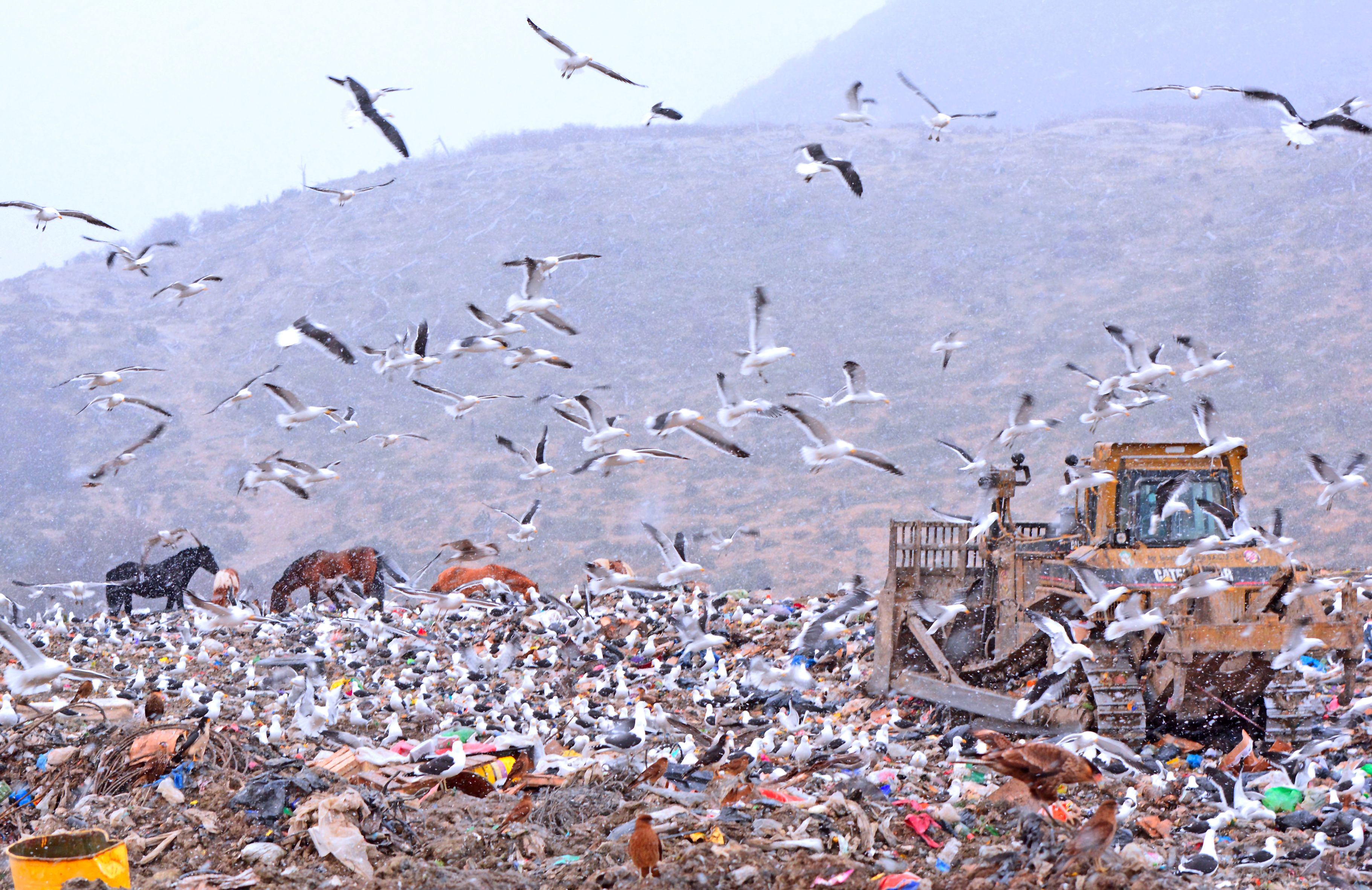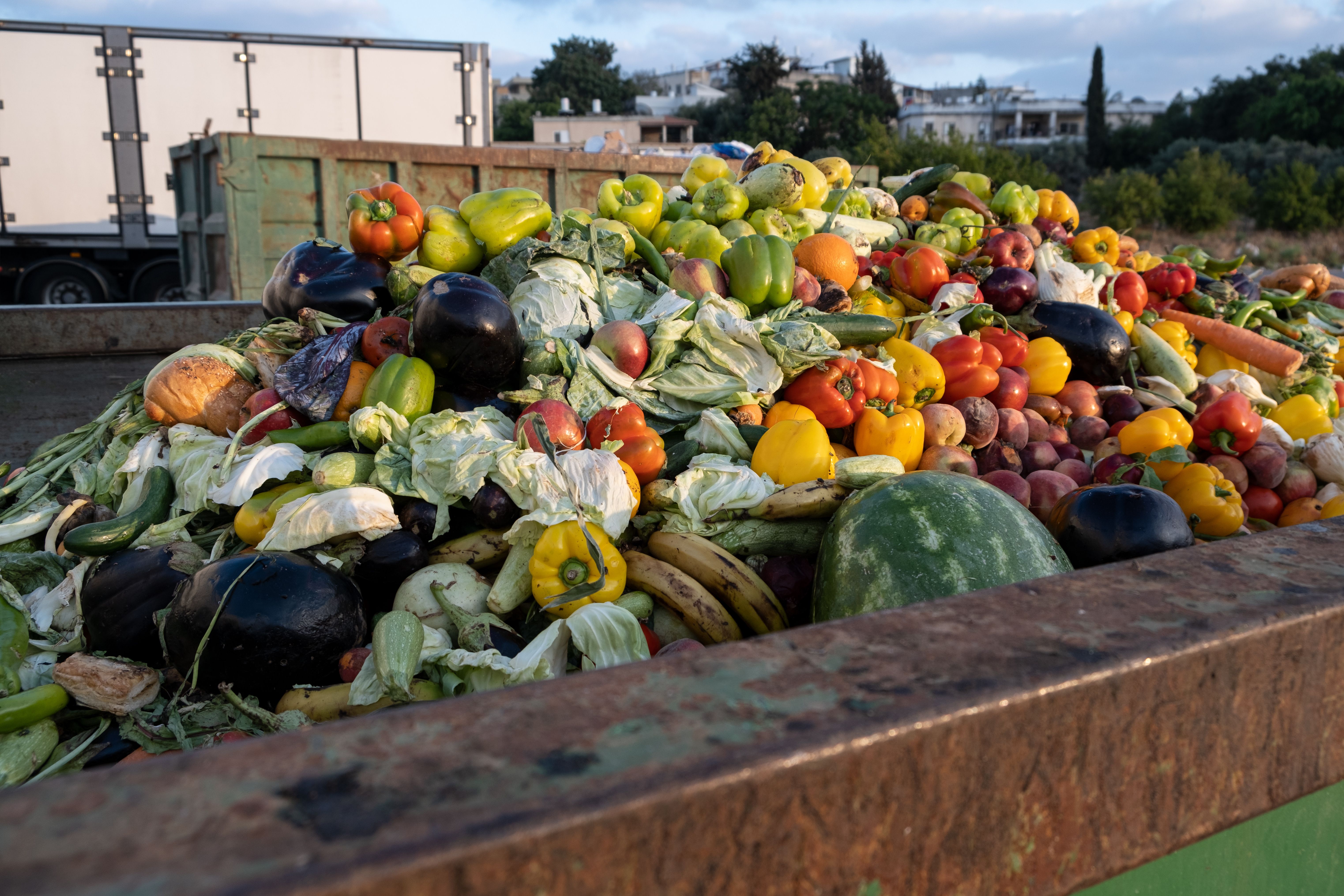
Municipal solid waste management systems in Latin America are hindered by a shortage of financial resources. This shortage is often caused by a lack of dedicated government funding, low fees that fail to fully cover costs, tariffs that are not enforced, and a shortage of data on the real cost of services.
Quantifying waste management costs
As in many other Latin American countries, municipal governments in Argentina were not aware of real solid waste management costs because they did not have a standard methodology or accounting system for estimating them. Municipalities also generally did not charge fees for waste services and very little in the way of municipal funds was earmarked for solid waste management.
Argentina quantified the total cost of its waste system to improve long-term sustainability using a tool developed by the World Bank. The tool—called the Integrated Urban Solid Waste Management Economic and Financial Matrix—helps municipalities understand the real costs of services and value of investments. The tool analyzes each stage of the solid waste management value chain, identifies the proportion of costs recovered by fees, and identifies ways to reallocate budget resources to improve financial sustainability.
Using data to develop policies and programs
Through in-person and online trainings, 535 municipal and provincial staff were trained and municipalities covering 26% of the population collected financial data using the tool. The municipalities of Mar del Plata, Rosario, Viedma, Concordia, and Posadas have implemented cost recovery systems using the financial matrix. Mar del Plata, a large coastal municipality, implemented a differentiated fee system across wealthy and poor neighborhoods after a broad communications campaign and outreach effort. Both the variable costs of the waste system and the operational costs of the landfill are covered. Rosario, on the other hand, applied a specific fee to large waste generators. Municipal networks have also been developed to share information and experiences, such as suppliers that provide superior goods and services or that offer more competitive costs, peer-to-peer advice on strategy and operations, and opportunities for technicians from municipalities to participate in personnel exchanges with other towns and facilities within their province.

Dedicating human resources
A key factor for implementation of the financial tool was having the necessary human and financial resources. Argentina’s Secretariat of Environment and Sustainable Development (SAyDS) was fully staffed with qualified teams that could carry out outreach and capacity-building campaigns to provincial and municipal governments, tailor the training to specific needs of the local governments, and scale up the training nationwide. Through this success, municipalities built trust with the federal government and had the political support needed to improve cost recovery. The tool was complemented by support for an institutional framework developed by the Integrated Solid Waste Management Project that allowed for agile coordination between the municipal, provincial, and federal governments.
-
This case study has been adapted from Kaza, Silpa, Lisa Yao, Perinaz Bhada-Tata, and Frank Van Woerden. 2018. What a Waste 2.0: A Global Snapshot of Solid Waste Management to 2050. Urban Development Series. Washington, DC: World Bank. doi:10.1596/978-1-4648-1329-0. License: Creative Commons Attribution CC BY 3.0 IGO.